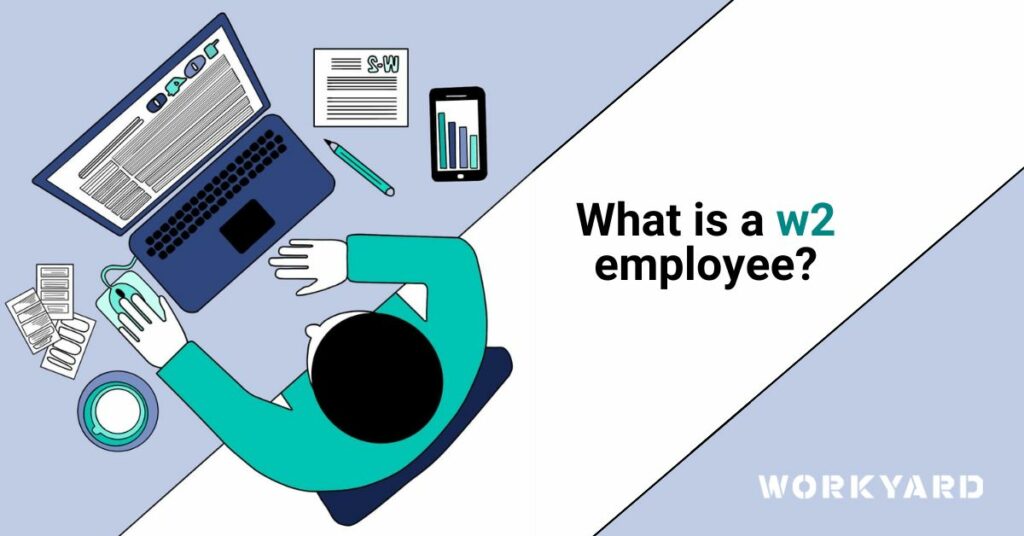A W2 employee is a fundamental classification in the realm of employment, representing individuals considered official employees by their employers. This designation carries significant implications for both the worker and the employer, encompassing tax obligations, benefits, and the overall employment relationship.
A W2 employee is a worker who receives a W2 tax form from their employer at the end of the tax year. This form outlines the employee’s annual earnings, tax withholdings, and other pertinent financial information.
Below are core characteristics of W2 employees:
- Tax Withholdings: W2 employees have federal and state income taxes, as well as Social Security and Medicare taxes, withheld from their paychecks by their employers.
- Employer Contributions: Employers of W2 workers contribute to Social Security and Medicare on behalf of the employee, in addition to potentially providing other benefits such as health insurance, retirement plans, and paid time off.
- Year-End Reporting: At the end of each tax year, employers issue W2 forms to their employees, summarizing the individual’s total earnings and tax withholdings for the year.
Misclassifying employees can have legal consequences, with penalties for employers who improperly classify workers as independent contractors to avoid certain obligations. Employers and workers should be clear on the terms of employment to avoid misclassification issues, ensuring accurate tax reporting and benefits administration.
In summary, the classification of W2 employees is a cornerstone of the employer-employee relationship, impacting tax obligations, benefits, and legal considerations. Employers and employees alike benefit from a clear understanding of this classification, fostering a transparent and compliant work environment.
By recognizing the nuances of the W2 relationship, both parties contribute to a successful and harmonious employment dynamic, with accurate tax reporting and the provision of essential benefits.

